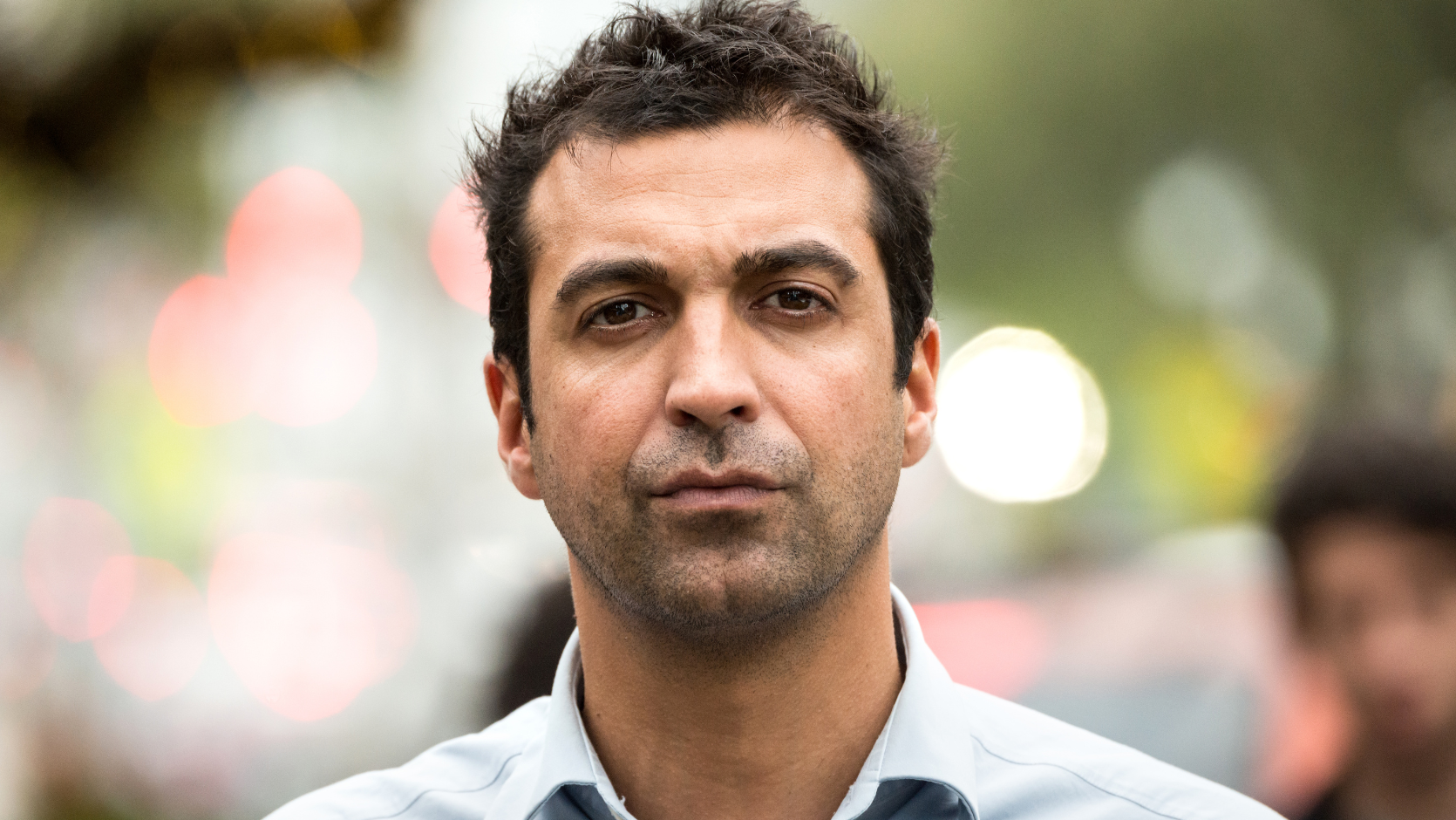The Facts
Police officer attends motor vehicle accident
A Queensland police officer attended a motor vehicle accident in 2013 involving a car driver who was speeding and intoxicated with amphetamines and cannabis at the time of the collision.
The policeman attended the scene and tried to keep the driver alive with first aid and encouragement. He was the first officer on the scene, having arrived earlier than the ambulance paramedics and the fire brigade.
The police officer had to deal with the arrival of the driver’s parents at the scene of the accident and had to indicate to them that their son would not survive. The driver’s parents had to say goodbye to him at the accident scene.
The fact of having to deal with the driver’s parents added an extra level of trauma for the policeman, over and above the trauma of dealing with the driver’s injuries, which proved to be fatal.
Policeman develops PTSD and makes claim for damages
The police officer developed post-traumatic stress disorder as a result of what he witnessed at the motor vehicle accident scene. He made a claim under Queensland’s Motor Accident Insurance Act for psychiatric injuries that he sustained while dealing with the horrific circumstances of the accident and the parents of the driver.
The insurer denied liability for the claim and the matter proceeded for determination before the Queensland Supreme Court.














Expert commentary on the court's decision
Queensland Supreme Court finds in favour of police officer
In the case Caffrey v AAI Limited [2019] QSC 7, the Queensland Supreme Court ruled in favour of the policeman, Mr David Caffrey, against the CTP insurer, AAI Limited. Accordingly, the insurer was liable to pay compensatory damages.
The lengthy judgment referred to numerous cases concerning psychiatric injury, traversing elements of foreseeability, direct perception, the status of the driver as both the defendant and the sole victim and the role of Mr Caffrey as a rescuer, as well as examining policy considerations.
Obligations of police officers and elevated risk of psychiatric harm
The judge stated that a member of the public, such as the driver in this case, is not entitled to drive in any manner he wishes, without having regard to police officers who may attend at an accident he may cause, simply because police officers have undertaken to attend at such scenes for the benefit of the public as part of their job.
The court found that the fact a police officer is bound by duty to pursue a speeding driver, or to attend at the scene of an accident caused by a driver’s negligence, does not absolve the driver of a duty to the police officer. In the view of the court, the fact that the police officer has no choice, because he or she is legally obliged to respond to emergencies, actually places the officer in a situation of “elevated risk” of psychiatric harm.
The judge went on to accept that a duty of care towards Mr Caffrey did exist.
Psychiatric reports tendered as medical evidence
Four psychiatrist reports were tendered into evidence. A joint expert report was also provided and the doctors gave concurrent evidence.
The summary of the medical evidence was that Mr Caffrey had a pre-existing vulnerability to suffering a psychiatric injury, such as post-traumatic stress disorder (PTSD). However, he did not meet the diagnostic criteria for a specific personality or other psychiatric disorder prior to the motor vehicle accident on 17 February 2013.
Could the psychiatric injury be attributed to other events?
Commonly, in these types of cases, there would be an argument from the defendant that because the injured person was a police officer, there would be some causation for the psychiatric injury attributed to other events witnessed or experienced during the course of employment as a police officer.
The task for the court was to assess the degree of probability that Mr Caffrey would have developed PTSD in any case and adjust damages to reflect that degree of probability.
As a result of this and despite the common law position that the defendant is to “take the plaintiff as they find them”, there was a discount of 30% in damages on the basis that there was a possibility that Mr Caffrey would have succumbed to a psychiatric injury in any event. Ultimately, he was awarded $1,092,947.88.
Police officers who are injured responding to motor vehicle accidents in NSW
The case is consistent with a similar NSW case in Wicks v State Rail Authority of New South Wales [2010] HCA 22. Police officers who are injured responding to motor vehicle accidents in NSW should submit a NSW Motor Accidents Compensation Act claim form, in addition to making a statutory NSW workers compensation claim.
If the attendance at the accident occurs on or after 1 December 2017, the police officer should submit a claim form for statutory benefits under the NSW Motor Accident Injuries Act 2017. This allows for a claim to be made for statutory benefits under the NSW motor accidents legislation, in the event that the workers compensation claim for statutory benefits is denied.
The service of the claim form also alerts the insurer to the possibility of making a claim for damages on or after 20 months from the date of the accident.
For more information please see
For more information please see Police PTSD compensation claims and NSW emergency service workers have their own set of workers compensation rights.